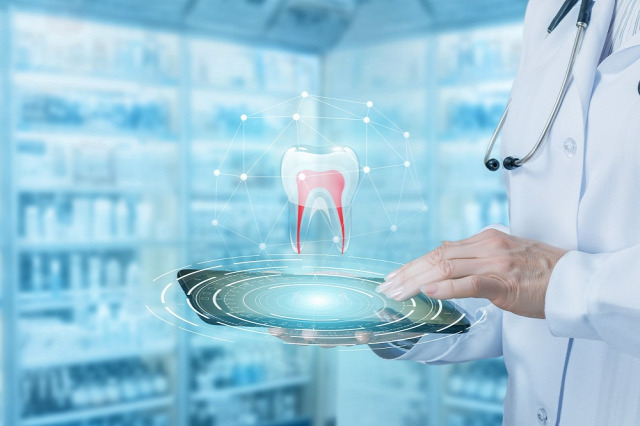
The wound therapy devices market has been witnessing significant growth due to the rising prevalence of chronic wounds, an aging population, and advancements in medical technology. These devices play a crucial role in the management and healing of wounds, thereby improving patient outcomes and reducing healthcare costs. According to BIS Research, The global wound therapy devices market, valued at $4,595.3 million in 2022, is on a trajectory of robust growth and is anticipated to reach $6,473.5 million by 2030.
Wound Therapy Devices Market by Product
- Negative Pressure Wound Therapy (NPWT)
- Hyperbaric Oxygen Therapy (HBOT)
- Offloading Devices
- Electrical Simulation
- Compression Bandages
Key Wound Therapy Devices Market Drivers
-
Increasing Prevalence of Chronic Wounds: Conditions such as diabetes, obesity, and vascular diseases contribute to the rising number of chronic wounds, including diabetic foot ulcers, venous leg ulcers, and pressure ulcers. This increase drives the demand for advanced wound therapy devices.
-
Aging Population: The global population is aging, leading to a higher incidence of chronic wounds. Elderly individuals are more susceptible to conditions that cause wounds, necessitating effective wound management solutions.
-
Technological Advancements: Innovations in wound therapy devices, such as portable NPWT systems, have enhanced patient mobility and comfort. The integration of digital technologies and smart wound care solutions is further propelling market growth.
-
Rising Awareness and Healthcare Expenditure: Greater awareness of advanced wound care options and increased healthcare spending in emerging economies are contributing to the market expansion.
Request A Free Detailed Sample on Wound Therapy Devices Market!
Wound Therapy Devices Market by Region
The global wound therapy devices market is anticipated to rise from $4,595.3 million in 2022 to $6,473.5 million by 2030, with a CAGR of 4.42%. North America is expected to lead, maintaining a CAGR of 3.44% from 2023 to 2030, driven by its advanced healthcare infrastructure, widespread wound care awareness, and a growing elderly population with chronic wounds. Strong R&D efforts and favorable healthcare policies in North America have spurred innovative wound therapy products. Latin America and the Rest-of-the-World regions are projected to grow the fastest, with CAGRs of 6.22% and 6.37%, respectively, due to improving healthcare infrastructure, increased wound care awareness, and better access to advanced treatments. These trends highlight the rising global demand for effective wound care solutions and present significant opportunities for market participants.
Wound Therapy Devices Industry Challenges:
- High cost of advanced wound therapy devices may limit adoption, especially in low- and middle-income countries.
- Lack of skilled professionals to operate advanced wound therapy devices can hinder market growth.
Wound Therapy Devices Industry Opportunities:
- Development of cost-effective wound therapy solutions could open new markets.
- Increasing focus on personalized wound care and the integration of artificial intelligence and machine learning in wound management presents significant growth opportunities.
Future Prospects
The wound therapy devices market is poised for substantial growth in the coming years. Technological advancements, such as the development of smart dressings and AI-powered wound assessment tools, will revolutionize wound care. Moreover, the increasing shift towards home healthcare and telemedicine will further drive market expansion.
Conclusion
The wound therapy devices market is on a robust growth trajectory, driven by factors such as the rising prevalence of chronic wounds, an aging population, and technological innovations. While challenges such as high costs and lack of skilled professionals exist, the market offers immense opportunities for growth. Continuous advancements in wound care technology and the increasing adoption of home healthcare solutions are set to shape the future of this dynamic market.





